Does Brand Loyalty Always Help in a Crisis?: Guest Blog by Nicky Honghao Ruan
This is my sixth in a series of guest blogs featuring my recently-graduated capstone (thesis) advisees in New York University’s Master’s in Public Relations and Corporate Communication.
See my earlier posts:
- On Surviving Online Shaming by Maura Yates
- On the Power of Why in Business by Jocelyn Jiaxin Cao;
- On Wall Street, Reputation, and Recovery by Julia Sahin;
- On Changing Narratives in Oil Conflict Regions by Claudia Espinel;
- A 10-C Model for Apologies by Iris Wenting Xue.
In this blog, Nicky Honghao Ruan looks at the issue of brand loyalty, and makes a counter-intuitive discovery: Sometimes, very strong brand loyalty can make companies’ crises worse than if they don’t have brand-loyal customers.
Nicky explores a range of crises affecting different kinds of organizations, and identifies the criteria of the organization, of the customers, and of the crisis that predict whether brand loyalty will help or hurt an organization in crisis.
Better yet, she provides a template that can help leaders and their advisors anticipate what will work and what will hurt, and to adapt accordingly. Worth reading.
You can download the entire capstone here.
Brand Loyalty in Crisis:
How does strong brand loyalty affect a company during crisis under different circumstances?

Nicky Honghao Ruan
Consumers are familiar with programs like “My Coke Rewards,” “Marriott Rewards” or “AAdvantage,” that help to contribute to a core marketing concept — brand loyalty.
Brand loyalty has long been endorsed by marketing experts as an intangible asset for a company or organization. Conventional wisdom suggests that strong brand loyalty can empower a company to overcome crises, but practitioners often overlook the potential risk of strong loyalty when the nature of the crisis changes. In some cases, strong brand loyalty does not shield a company from crisis, but can instead become a liability because the high expectations of loyal customers were not met.
Through case studies, in-depth interviews with crisis management experts, and public surveys, my capstone examines the interplay between crisis conditions and the role of strong brand loyalty, and identifies various causes for both helpful and harmful outcomes.
As a result, I developed a model for crisis management professionals to quickly evaluate whether to incorporate a brand’s loyalists as defense strategy, or instead to plan for ways to prevent the extra harm that could instead be created by loyalists.
Mapping the Template
 Brand loyalty is more likely to help a brand under conditions in the left column (green), and more likely to harm one under conditions in the right column (red).
Brand loyalty is more likely to help a brand under conditions in the left column (green), and more likely to harm one under conditions in the right column (red).
At the same time, those criteria in the top row (darker color) would have stronger impact than those in the bottom row (lighter color).
The one that falls in the middle column is especially situational and could go either way.
When a crisis happens, a company would be involved with more than one of these conditions. Depending on the situation at the time, crisis management professionals would take the template and check what criteria the brand fulfills and which side it tends to lean on more.
Examples
When Strong Brand Loyalty Helps:
Blue Bell’s Listeria Crisis
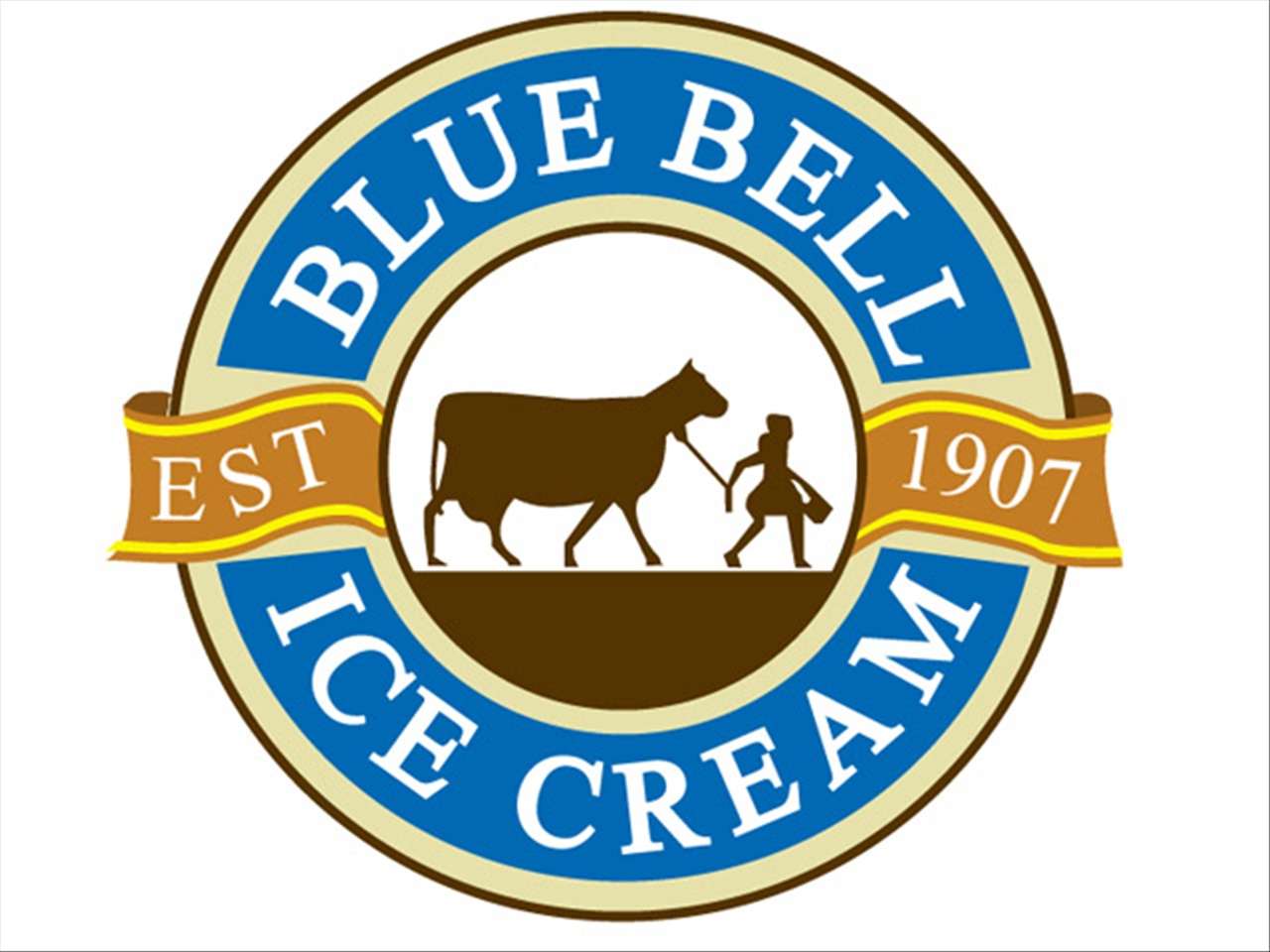
In early 2015, U.S. ice cream maker Blue Bell announced several rounds of complicated recalls of its ice cream after listeria in its products infected five consumers and led to three deaths.
Although its crisis response was strongly criticized, Blue Bell’s strong loyalists remained highly tied with the brand. The beloved Southern ice cream maker made it through the summer without having any product on shelves. During the time, fans continued to engage with the company on social media.
In fact, Blue Bell’s fiercely loyal consumers were waiting in long lines outside stores when the company finally came back to the market.

Apple iPhone 4’s “AntennaGate”

Very soon after Apple released iPhone 4 on June 24, 2010, complaints about signal attenuation began to flood the web.
When faced with growing negative reviews, widespread criticism and potential lawsuits, Apple’s initial solution was to tell users to not hold their phones in certain way.
Critics argued that Apple’s crisis response broke all the rules: the company didn’t apologize immediately or take full responsibility. Despite all the negative publicity and critics, demand for iPhone 4 continued to exceed supply.

In the case of Blue Bell and iPhone 4, the brand was in the green more than in the red. Therefore, their strong brand loyalty helped the companies overcome the crisis.
When Strong Brand Loyalty Hurts:
The “New Coke” Launch
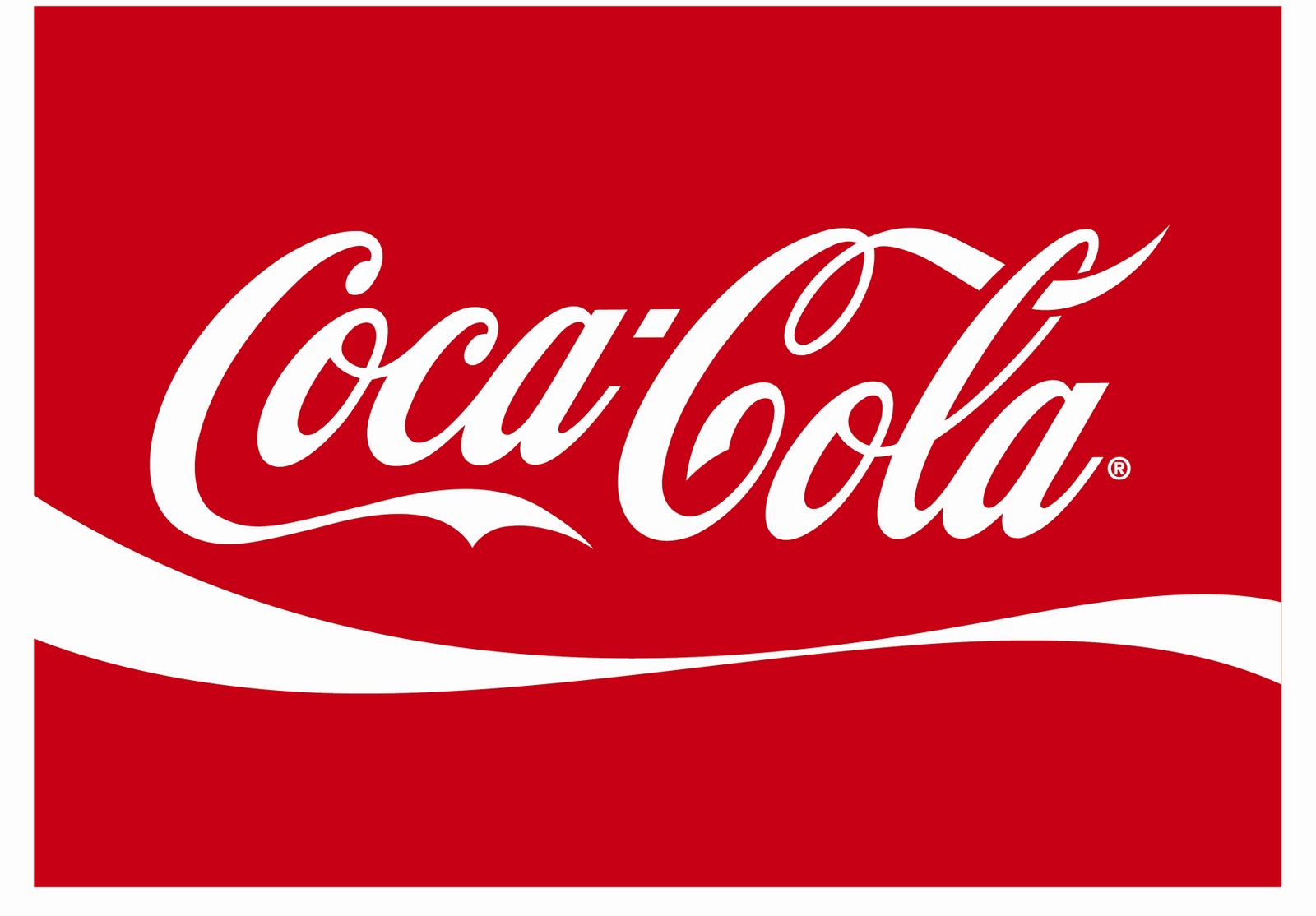
Thirty years ago, Coca-Cola made its worst mistake when, without warning, it abandoned its original formula and replaced it with “New Coke.”
Long-standing customers felt betrayed.
Some deserted the brand for its biggest competitor Pepsi.
Ultimately, Coke’s strong brand loyalty led to one of the company’s largest PR crises, driven by a fierce reaction from fans who believed Coke was neglecting them.
After three months of justifying the unilateral withdrawal of its beloved Coke, and insisting that customers would prefer the new Coke, Coca-Cola brought the original back as Coke Classic.

Susan G. Komen and Planned Parenthood
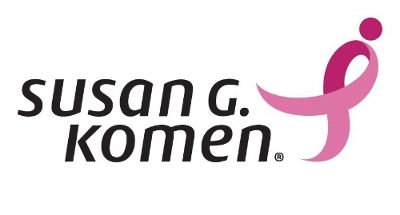 On January 31, 2012, the Susan G Komen Foundation announced its decision to stop funding Planned Parenthood.
On January 31, 2012, the Susan G Komen Foundation announced its decision to stop funding Planned Parenthood.
The halt would affect breast cancer screening and treatment services — mostly provided to poor or uninsured women — at 19 of Planned Parenthood’s affiliates.
Within hours after the news broke, Komen was flooded by public outcry. During the next three days, the foundation saw significant lost in donation and the negative response it received was overwhelming.
After 72 hours of the initial decision, Komen Foundation announced that it would reverse the funding decision. But the reversal didn’t stop the damage.
Long-standing Komen supporters who felt hurt and betrayed refuse to forgive the organization. Both event participation and revenue of the nation’s best known cancer foundation continued to drop.

Volkswagen’s Emissions Scandal
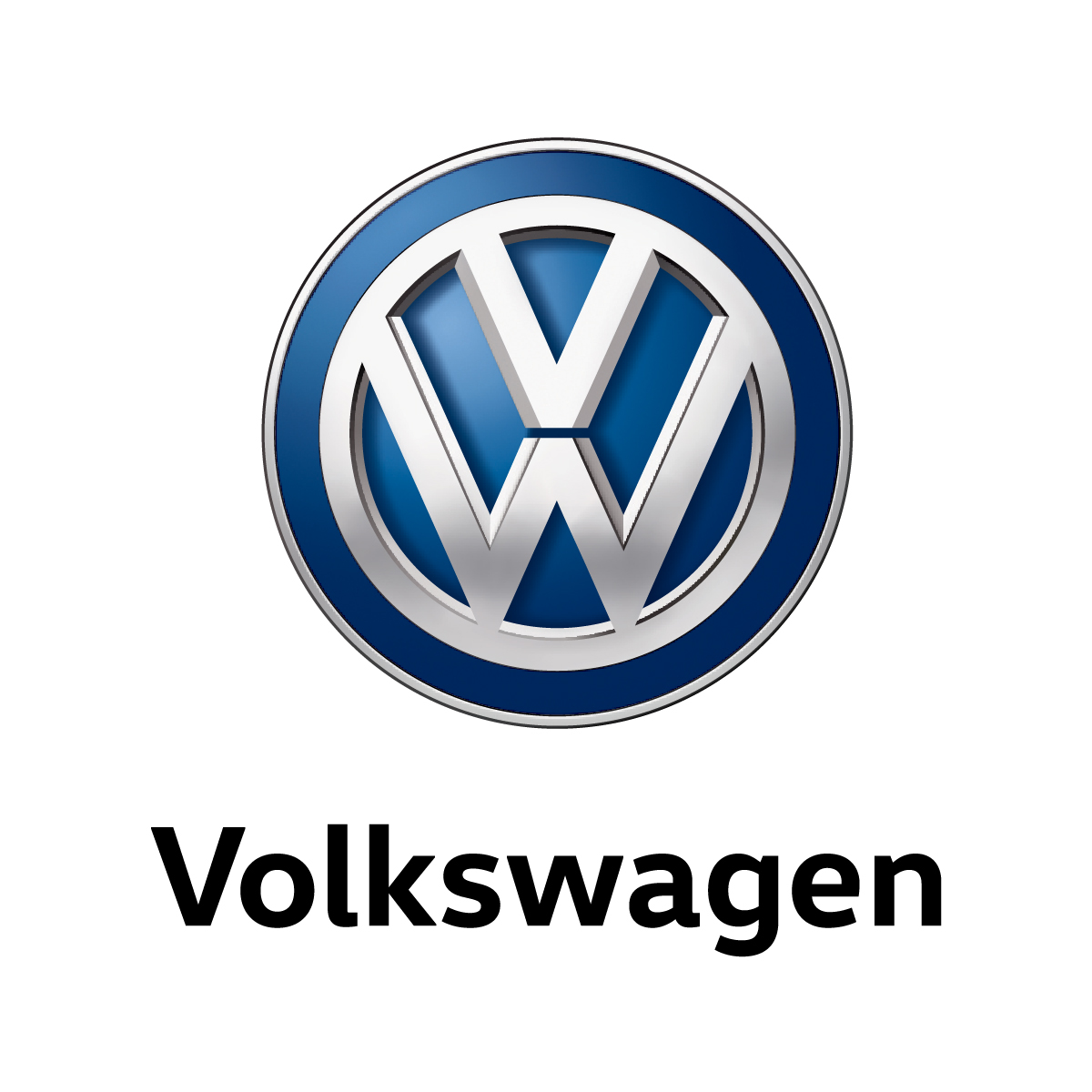
In 2015, the U.S. Environmental Protection Agency (EPA) found that German automaker Volkswagen Group (Volkswagen) had installed software in a number of cars sold in the U.S. that would provide artificially positive results during emission tests.
Volkswagen later admitted that it had intentionally equipped its vehicles to cheat on emissions tests. For the first time in 13 years, Volkswagen’s sales in the U.S. declined 15% in November 2015.
Marketing and communication experts think that Volkswagen would be hard to forgive, especially by many of its loyal consumers.
The fact that the company voluntarily cheated on the public was worse than negligence or mistakes in testing procedure, which set itself apart from other auto recalls in the industry though some of them even linked to deaths.

Conclusion
The New Coke, Komen and Volkswagen crises saw far fewer conditions in the green compared to those in the red. Therefore strong brand loyalty in these cases created a backlash.
This model creates a shortcut for communication professionals to quickly evaluate their brand loyalty’s position and the likelihood that loyalty will help or hurt the organization navigate a crisis.
When a brand falls more into the green cells, instead of immediately pulling out everything, e.g. halting production or crafting the perfect apology, time and money could be better spent on gathering information and resources to fix the problem.
When a brand falls more into the red cells, the essence of response strategy should include gaining forgiveness from loyalists.
Perhaps more significant, the model can stimulate companies to take brand loyalty into serious consideration before making business decisions.

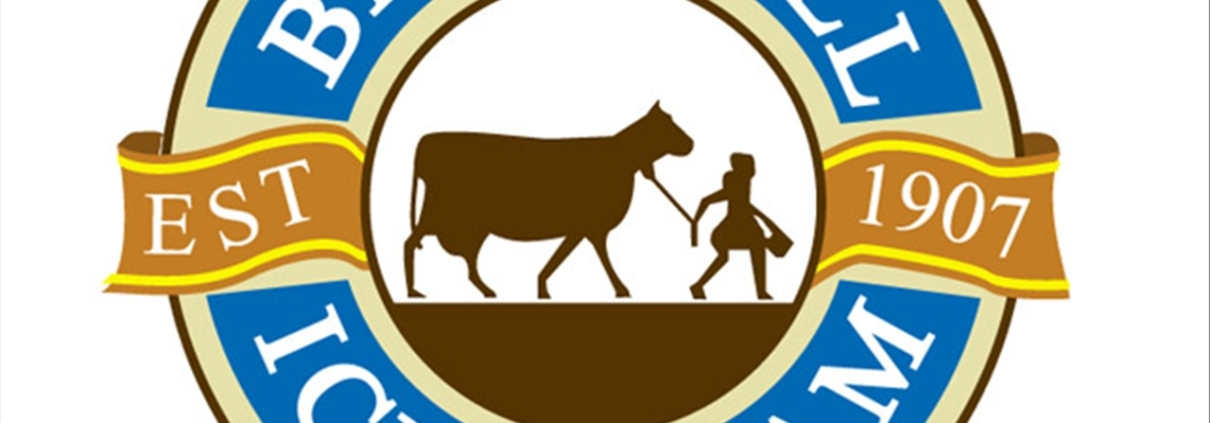



Leave a Reply
Want to join the discussion?Feel free to contribute!